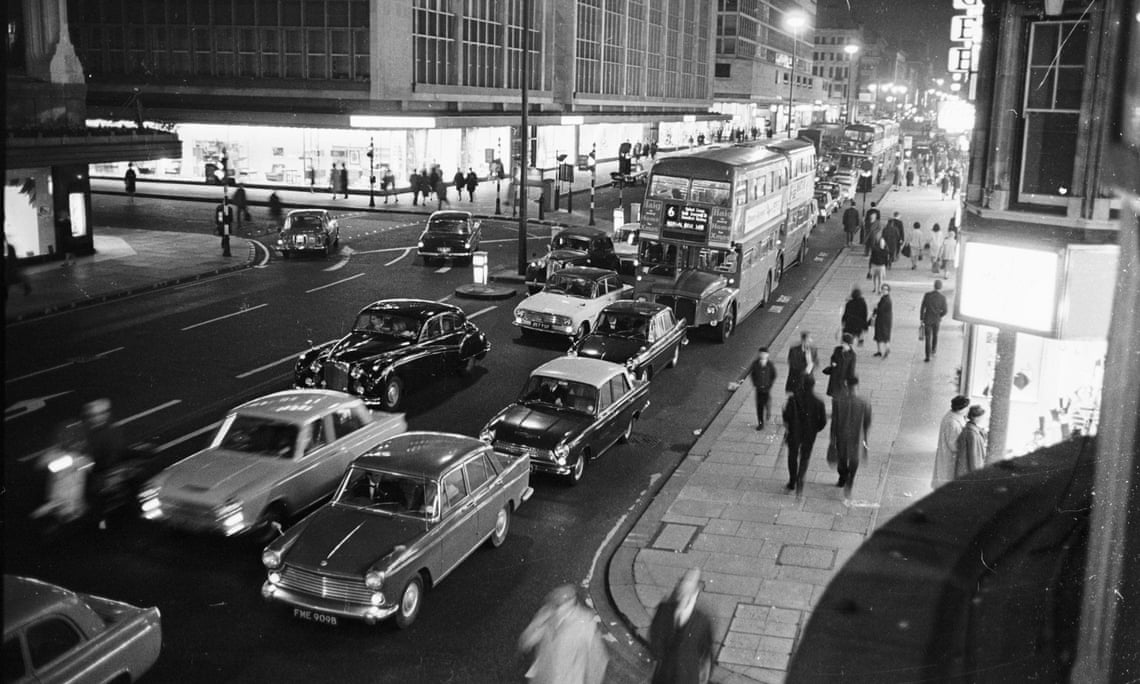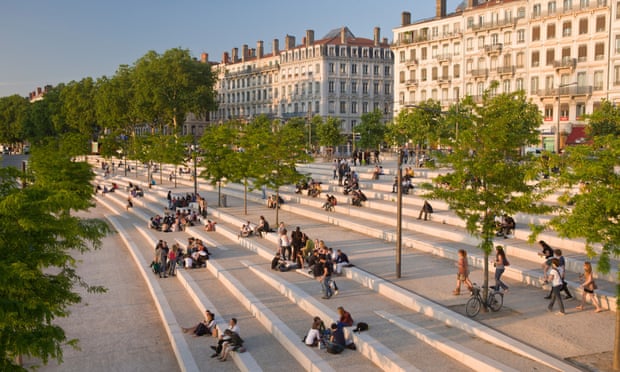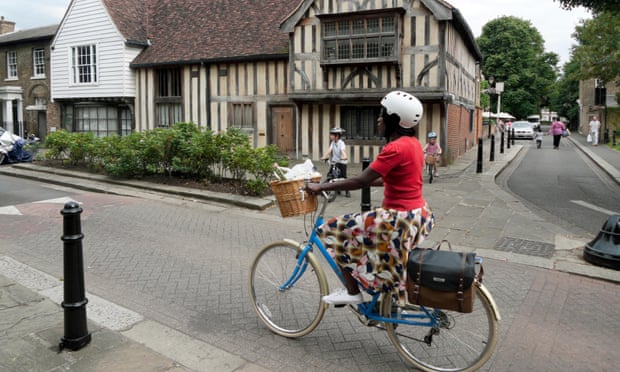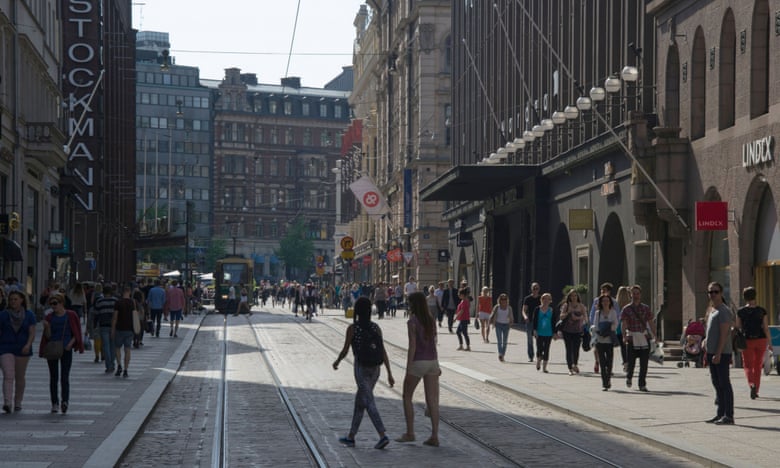
Gilles Vesco calls it the “new mobility”. It’s a vision of cities in which residents no longer rely on their cars but on public transport, shared cars and bikes and, above all, on real-time data on their smartphones. He anticipates a revolution which will transform not just transport but the cities themselves. “The goal is to rebalance the public space and create a city for people,” he says. “There will be less pollution, less noise, less stress; it will be a more walkable city.”

The Vélo’v scheme is being extended, car clubs that use electric vehicles are being encouraged, and what Vesco calls a “collaborative platform” has been built to encourage ride-sharing by matching drivers with people seeking lifts. There is, he says, no longer any need for residents of Lyon to own a car. And he practices what he preaches – he doesn’t own one himself
The number of cars entering the city has fallen by 20% over the past decade, without even a congestion-charging scheme (Vesco says it would impose a disproportionate burden on the less well-off, who tend to drive higher-polluting vehicles). And even though Lyon’s population is expected to rise by more than 10% over the next decade, he is targeting a further 20% drop in car use. The car parks that used to run alongside the banks of Lyon’s two rivers have already been removed, and human parks opened in their place. Vesco says someone returning to Lyon for the first time in a decade would barely recognize the city.
To put it more bluntly: many city developments are now predicated on there being no car spaces for residents. Developers worried about this initially, but have come to realize it doesn’t pose a problem for the young professionals likely to be buying their flats, so have accepted the demands of council planning departments.

This model of denser, less car-dependent cities is becoming the accepted wisdom across the developed world. “The height [of buildings] is going up; density is going up; borough policies and London plan policies are all about intensification and densification of land uses,” explains Ben Kennedy, Hackney’s principal transport planner. “We’re probably going the way of Manhattan. People live very close and they don’t travel at all because everything is on their doorstep; the population in one block is so high, it can support all the amenities you could ever want. We’re slowly going in that direction in London.”

http://www.theguardian.com/cities/2015/apr/28/end-of-the-car-age-how-cities-outgrew-the-automobile
No comments:
Post a Comment